2022 Polestar 2 Single-Motor Review: The Long-Awaited Contender
With greater range and a lower price, Polestar gives its Tesla rival a fighting chance.
The year 2017 was massive for Polestar. The Swedish carmaker decided to announce its presence with a plug-in hybrid, carbon fiber–bodied supercar featuring a twin-charged engine and stunning silhouette. While it was far from a sales success, the Polestar 1 did exactly what it was supposed to do: It got people talking.
The brand’s second model, the Polestar 2, arrived shortly after as a mass-market–friendly five-door hatchback. Unlike its supercar sibling, the Polestar 2 lacked an internal combustion engine entirely, solidifying the brand’s commitment to battery electric vehicles. With a dual-motor setup and nearly $60,000 price tag, the Polestar 2 was a solid first attempt, but it carried a significant price premium over the segment’s reigning champ, the Tesla Model 3.
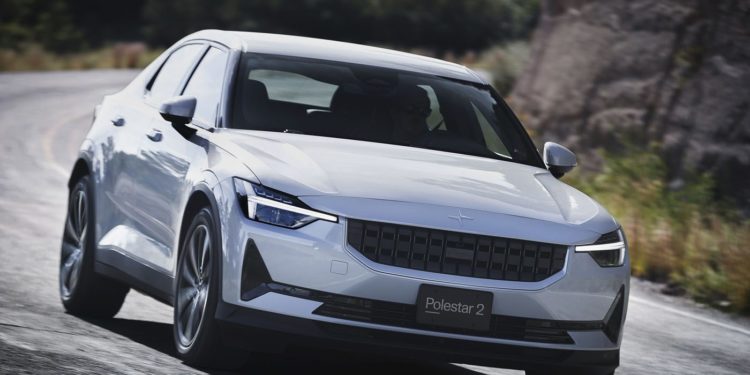
I recently went out to New Mexico to drive what might be the brand’s golden goose, the 2022 Polestar 2 Single Motor. Aside from losing the electric motor on its rear axle, this new variant gets a massive $14,000 price cut over last year’s dual-motor offering (which also gets $10,000 cheaper for 2022).
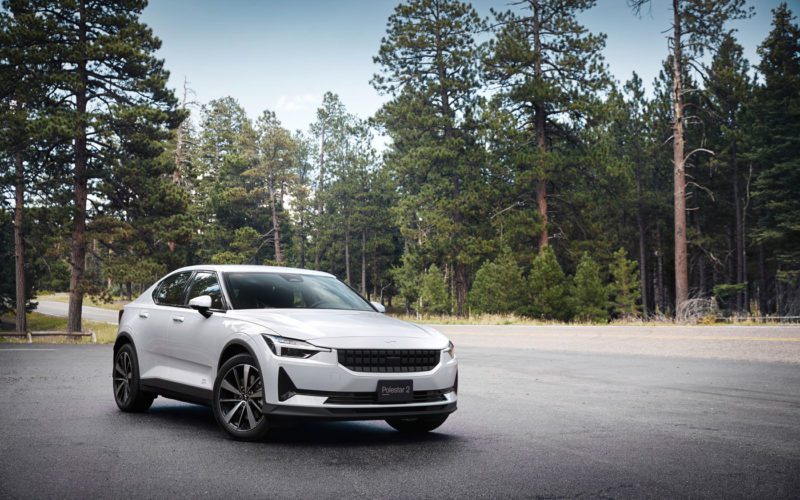
A Familiar Face With Stealthy Updates
At first glance, it’s almost impossible to distinguish this new Single Motor variant from its Dual Motor sibling. As a result, this chiseled high-riding hatchback retains the same good looks regardless of which configuration you opt for. The big visual news for the 2022 model is the ability to option a steel roof. Previously, if you wanted a Polestar 2, you had to get a panoramic glass roof. While its lack of support bars created a sleek open-air feeling, enough customers complained about toasty in-cabin temperatures on hot days.
In the pursuit of a sleek minimalist aesthetic, Polestar decided to do away with chrome trim on all six of its available color options. My personal favorite is the gloss black option called Void, which looks sinister in its monochrome finish that highlights the brand’s excellent lighting elements.
The Polestar 2 rides on Volvo Group’s CMA platform, which underpins small crossovers such as the XC40 Recharge and the Lynk & Co 01. Aside from giving this hatchback its distinct high-riding look, the modular architecture designed originally for combustion-powered cars creates unique advantages for the Polestar 2’s modular battery pack.
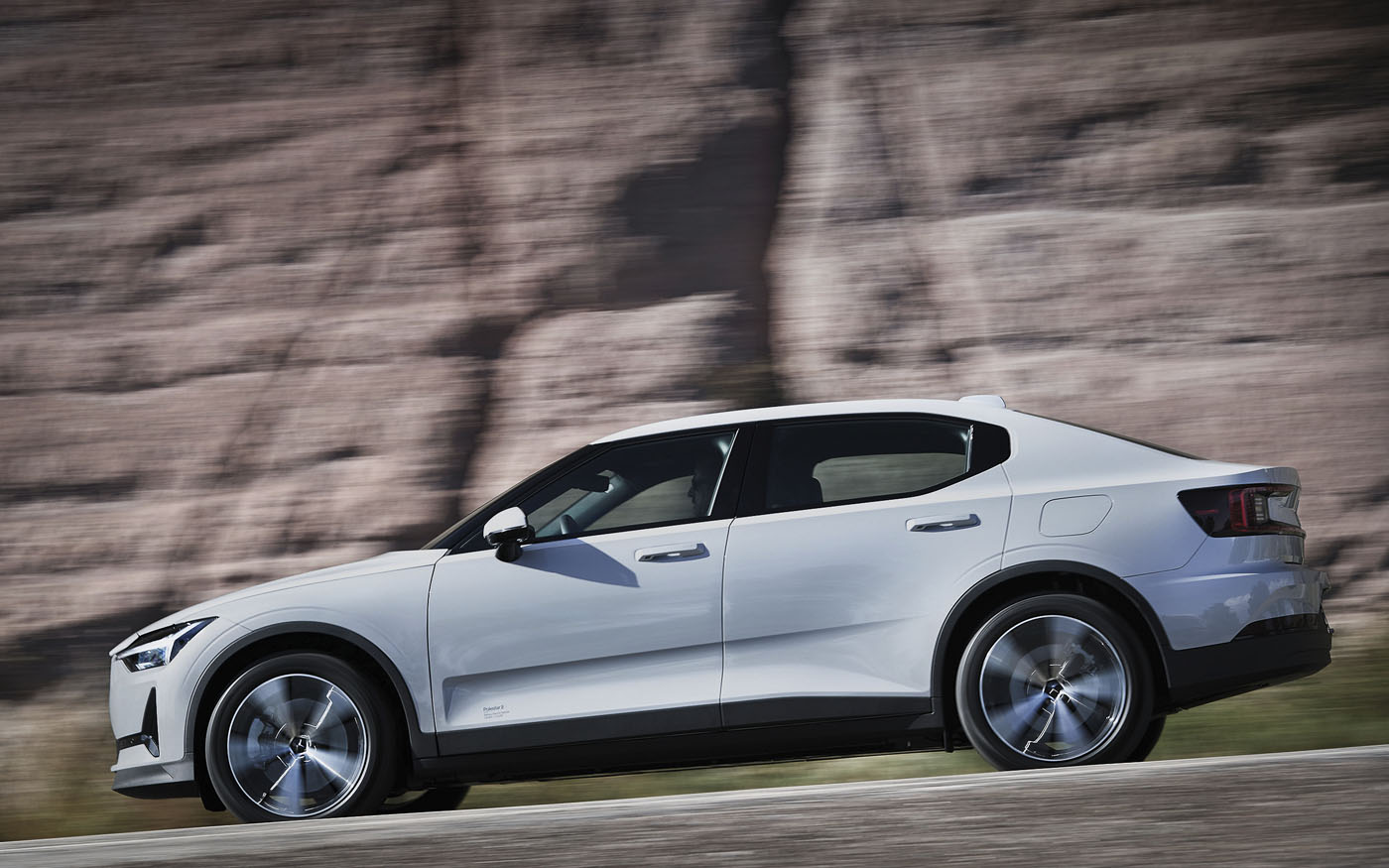
One Motor Is Enough For Fun
As its name suggests, the 2022 Polestar 2 Single Motor does away with the electric motor previously stationed on the car’s rear axle, making it front-wheel drive. In total, you’re getting a more than respectable 231 horsepower and 243 pound-feet from the 78 kWh battery pack.
While this new model is undoubtedly the star of the show, I began my day with a mountain drive in the 408-hp Dual-Motor version of the Polestar 2 equipped with the optional Performance Pack for comparison’s sake.
From a giddy-up perspective, you’re picking between a fast car and a faster car. While these two variants have significant power differences on paper, they feel pretty similar on the road, especially in crowded city streets. The instant response from the electric powertrain means that even the Single Motor variant feels far quicker than its 7-second dash to 60 miles per hour would suggest. In short, there are no losers in this matchup.
The same goes for how the Polestar 2 behaves at speed and on twisty back roads. Thanks to a 1,100-lb (499 kg) battery pack weighing things down, even the FWD Single Motor variant manages to provide excellent grip with little understeer. However, thanks to its suspension setup, the Single Motor tends to roll considerably in the corners.
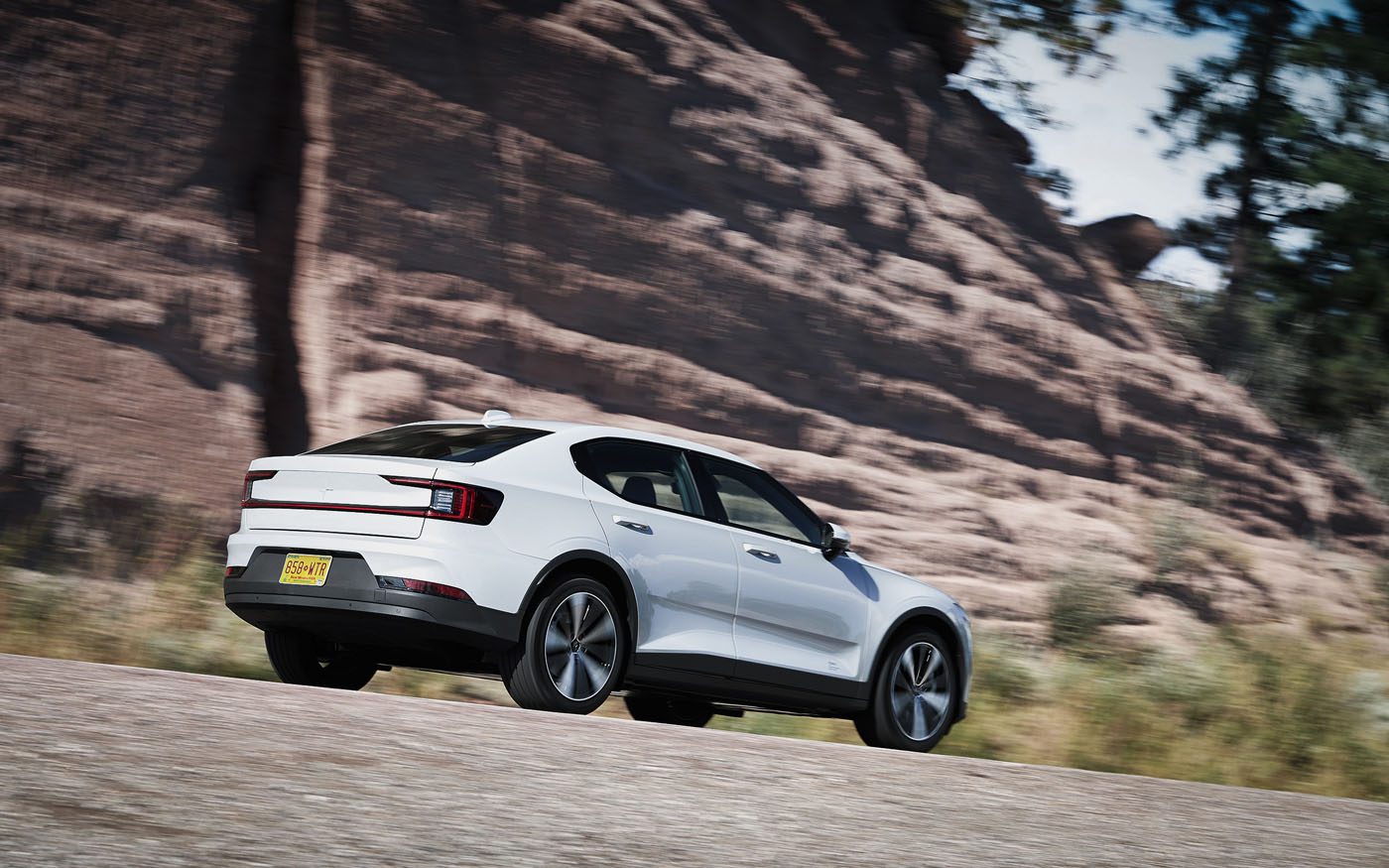
Let’s Talk Numbers
Since the 2022 Polestar 2 Single Motor has to contend with the wildly successful Tesla Model 3 and its impressive stats, let’s talk about range. In total, Polestar estimates that the Single Motor variant will be capable of 265 miles of range; however, this hasn’t yet been certified by the EPA. The Dual Motor car has an official EPA estimate, and its range bumps slightly from 233 miles in 2021 to 249 in 2022. To take care of early Polestar 2 adopters, the Swedish carmaker plans to release an OTA update to increase the range of the 2021 models it has already sold.
In contrast, the aforementioned Tesla Model 3 boats range figures of 262 miles for its single motor configuration and 353 miles for its long-range dual-motor setup.
As mentioned earlier, the Polestar 2 houses a 78-kilowatt-hour battery pack with 75 kWh of usable capacity. This includes 27 modules and 324 cells. The Polestar 2 has operates at400 volts, which supports up to 155-kW DC Charging. In 33 minutes, you can expect to jump from 10 to 80 percent at 150 kW. If you’re at home with a Level 2 charger, expect a charge time of eight hours at 11 kW.
While it would’ve been great to put some of these charging numbers to the test, the Single Motor versions of the Polestar 2 shown in New Mexico were European-spec models that featured a CCS Type 2 connector instead of the CCS Type 1 that the US-spec cars will include.
To improve range, Polestar has also added an optional heat pump that can improve efficiency by as much as 10 percent under certain climate conditions. In short, the pump draws heat from the outside of the car and its powertrain to warm up the cabin and the battery pack. As a result, you don’t waste as much energy running the heater.
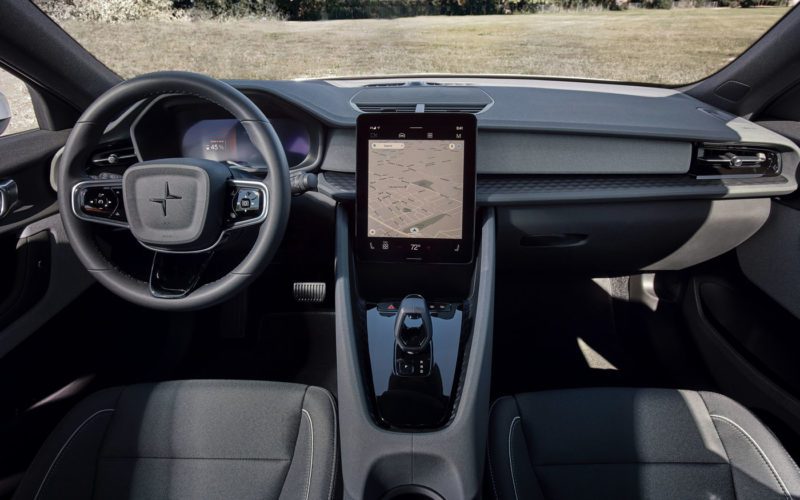
An Infotainment System Built By Google
Unlike most new vehicles, the 2022 Polestar 2 utilizes Android Automotive OS to run its vertically oriented 11.3-inch infotainment screen and 12.3-inch digital instrument cluster. The benefit here is that you get Google Maps, Google Assistant, and other Android-based apps built-in.
While this system lacks Apple CarPlay connectivity, I had no trouble connecting my iPhone and listening to music, or putting in directions. The main benefit of utilizing the onboard Google Maps system is its lightning-fast response time and strikingly accurate battery consumption estimates.
By having the Google Play store on board, you can also install other apps such as Spotify or Tidal, meaning you don’t need to connect your phone physically if you don’t want to. Factor in using a digital key, and there’s no need to take out or connect any devices before hitting the road. On my drive back from the mountains, a crash diverted me from my pre-programmed route. However, Google Assistant quickly found an alternate way and provided new battery consumption estimates. All in all, interacting with the Polestar 2 is easy and relaxing.
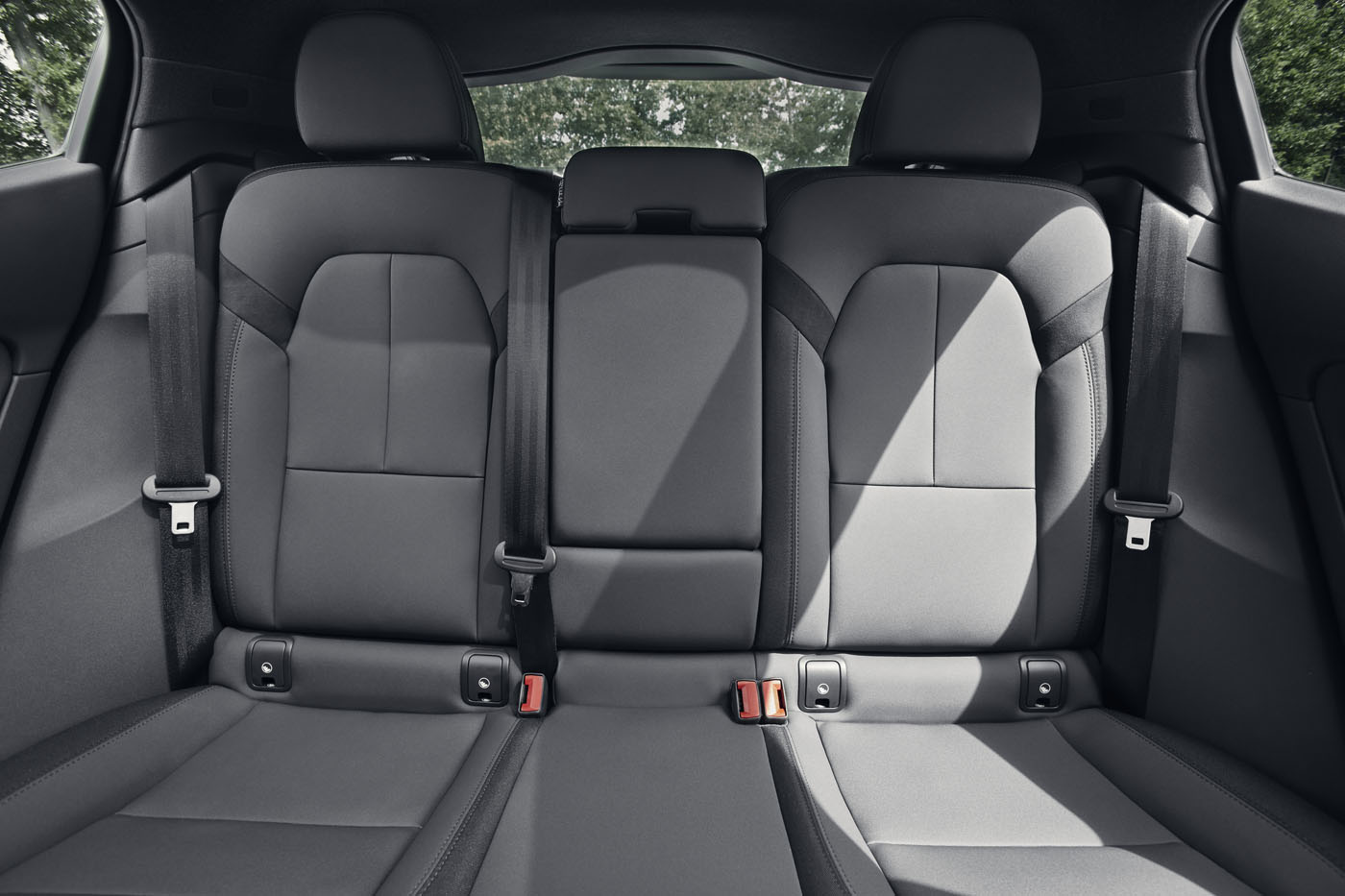
A Vegan Interior With Solid Build Quality
For the most part, it’s pretty easy to sit and compare EVs on paper. Whether it be range or 0-60 times, their performance often characterizes EVs. However, even the fastest all-electric experience can be ruined by a terrible cabin and poor material choice. Fortunately, this is one of the Polestar 2’s greatest strengths.
In keeping with the overall theme of sustainability, the Polestar 2 features a cabin that is fully vegan. However, the real story here is the use of varying textures on the dashboard, door cards, and seats. While the only Nappa leather option is finished in a beautiful tan color, I would skip it for the cheaper WaveTech interior, which feels just as premium. While it is a cloth-type material, its tight construction feels durable and better matched to the rest of the cabin.
If you’d like a fancy spec, you can option reconstructed wood trim in various colors or an intricate hexagonal pattern like the one in my tester. While these materials are excellent on their own, Polestar combines them across the cabin to prevent its minimalist aesthetic from coming across as bland or boring. It’s also worth noting that even this pre-production tester I drove had no noticeable quality control issues, easily justifying its price tag.
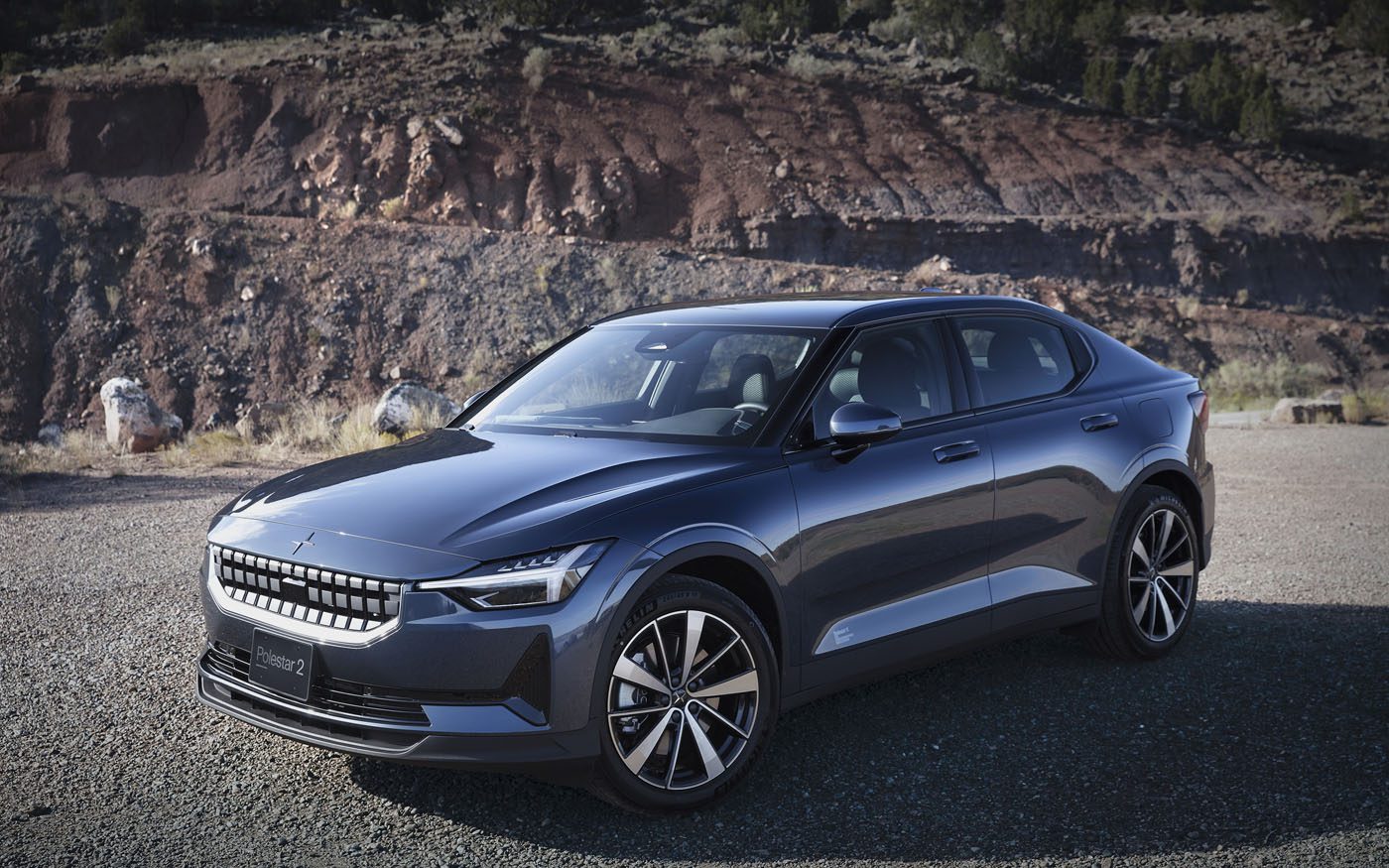
A Steep Discount
As mentioned in the intro, the 2022 Polestar 2 Single Motor gets a massive discount over last year’s Dual Motor variant. In the US, the Long Range Single Motor model starts at $45,900, $4,000 less than this year’s Dual Motor (which itself begins at $49,900). Last year, a Dual Motor started at $59,900, meaning the top configuration is now $10,000 cheaper for the new model year.
While the Polestar 2 Single Motor is still $5,910 more than a Model 3 Standard Range, the Polestar 2 Dual Motor is slightly cheaper than the equivalent Tesla, meaning these are now officially direct competitors.
In terms of optional extras, you’ll have the ability to buy two main packages for the Single Motor. The first is the Plus Pack, which costs $4,000 and gets you items such as the aforementioned heat pump, panoramic glass roof, premium audio, and a heated steering wheel, to name a few. If tech is what you’re after, you’ll need the Pilot Pack, which adds $3,200 to the price and gets you Adaptive Cruise Control, Pilot Assist, a 360 Camera, and blind-spot monitoring.
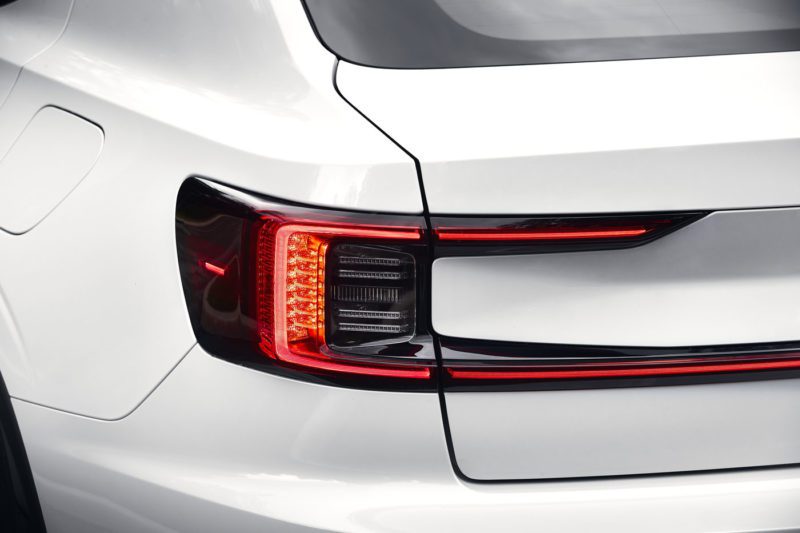
The Winning Formula
Thanks to its new lower price tag, the Polestar 2 Single Motor is not only better equipped to challenge the Model 3, but it opens up the brand to a new customer base that was priced out by last year’s offerings. After spending time with all versions of the Polestar 2, my personal favorite is the Single Motor equipped with the Pilot Pack.
Overall, I walked away from my first Polestar 2 experience feeling quite impressed. While it certainly isn’t the fastest EV currently on sale, it may just be one of the best-looking, well-built options that too many people have overlooked.
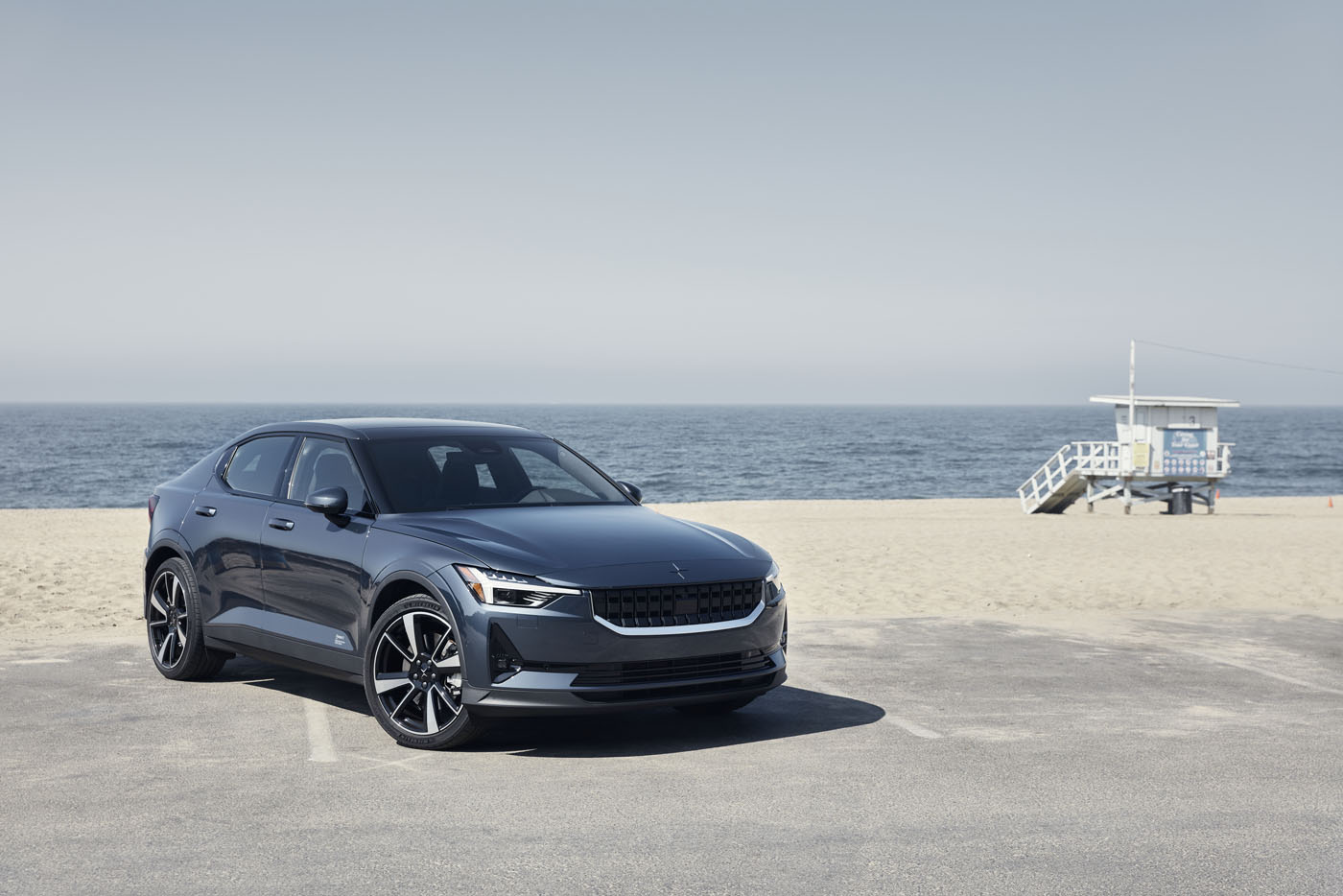
Related Articles
2021 Genesis GV80 Prestige Review: More Than Just A Value Proposition
 by Gabriel Vega
by Gabriel Vega
in Reviews
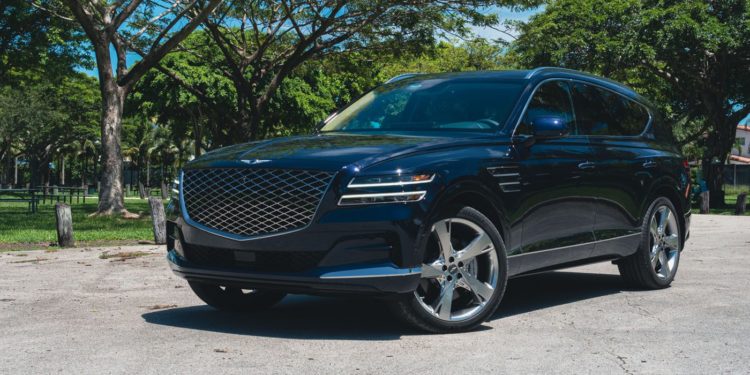
Since its introduction back in 2015, Genesis has had to work quickly to establish itself as a contender in the luxury market. Taking notes from its sister brands, Genesis began by offering luxurious sedans aimed at providing tremendous value. However, with the introduction of its first SUV, the 2021 Genesis GV80, the Korean carmaker brought a product to market that would end up being its most important. That’s because sales of the GV80 outpace its sedan siblings by a considerable margin.
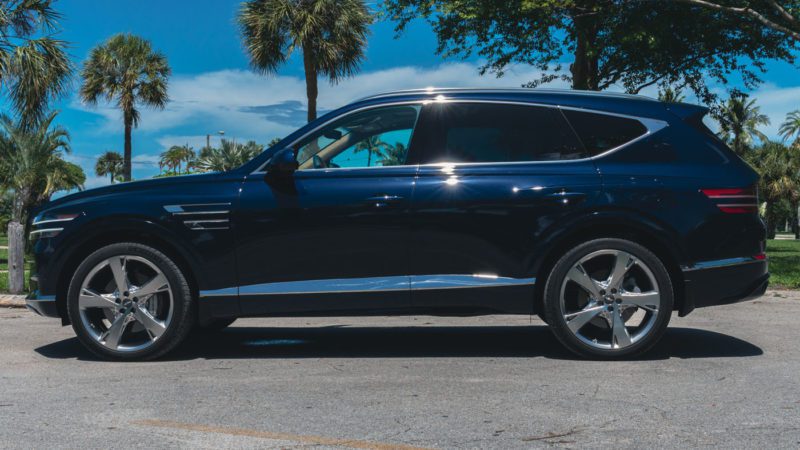
The exact 2021 Genesis GV80 I’ve been testing over the last week features a twin-turbo engine, all-wheel drive, and the top Prestige package, which will cost you a cool $11,800 on its own. All in, this GV80’s $59,650 MSRP shoots up to an as-tested price of $73,510 once you factor in its many optional extras. However, after living with it for a week, it’s clear that the GV80 is shooting to kill.
The 2021 Genesis GV80 boasts sleek aesthetics with an undeniable presence.
Since the 2021 Genesis GV80 is a full-on luxury SUV, let’s start with one of its greatest strengths, its aesthetic. Out of the many cars I’ve driven throughout my career, few have gotten as much attention from passers-by as the GV80. From its enormous shield-shaped front grille, sloping roofline, and elegant lighting elements, the Genesis demands attention.
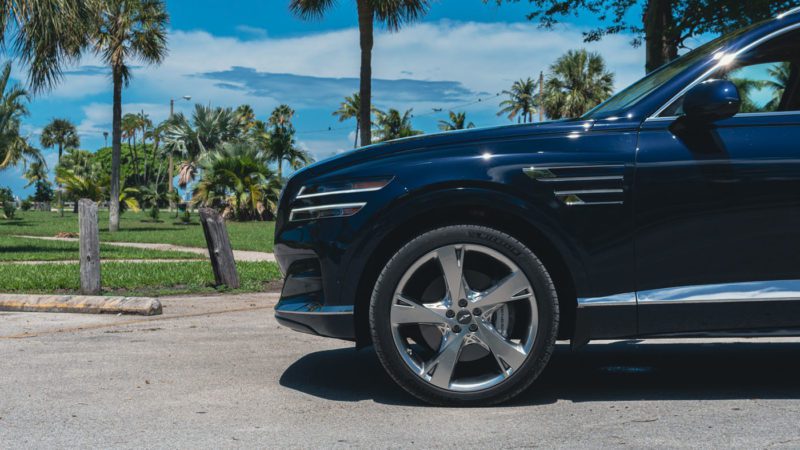
My particular tester featured Adriatic Blue paint with a tan and blue leather interior. As far as color combos go, this is a strong one. It’s also a massive step forward over some of the previous brown and green matchups that were frankly a little strange. Additionally, this interior finish isn’t available in any other Genesis, including the range-topping G90.
One of the most pronounced design elements lives in the GV80’s lighting elements. That’s because both the headlights and taillights are split into two LED strips that create the Genesis brand’s distinct look. You’ll also find the brand’s shield design motif throughout the bodywork, from the immense grille to the exhaust tips embedded into the rear bumper.

How powerful is the 2021 Genesis GV80?
Given its undeniable size, the 2021 Genesis GV80 needs a powerful engine to get it going. As standard, the GV80 is available with a turbocharged 2.5-liter engine pushing out 300 hp and 311 lb-ft of torque. While these figures are respectable, consider that the GV80 has a curb weight of over 4,700 lb.
As a result, you’ll want the engine I’ve been testing, the larger twin-turbo 3.5-liter V6. It produces 375 hp and 391 lb-ft of torque. The most important figure here is that all of its available torque comes in at just 1,300 rpm, meaning the Genesis pulls surprisingly hard given its weight.
My tester also featured the optional all-wheel-drive system, which sends power to all four wheels via an eight-speed automatic transmission. While I certainly didn’t find myself needing the extra traction in sunny South Florida, the transmission managed to impress. While it certainly isn’t the fastest automatic out there, it is smooth above all else, exactly what you’d want from a luxury vehicle.
Speaking of luxury, the Genesis features an innovative adaptive suspension system to ensure a smooth ride. The system scans the road ahead and adjusts itself to counter harsh bumps before they even happen. As a result, the GV80 manages to be highly comfortable despite a lack of air suspension and 22-inch wheels on each corner. In my experience, this system is on par with what you’d get with a competitor from Mercedes-Benz.
Quilted leather covers a tech-filled cabin.
While the 2021 Genesis GV80 strikes you with its aesthetics, it wins you over with its interior. Despite its price point, the GV80 features a cabin befitting of a six-figure vehicle. The seats are covered in quilted leather with a diamond pattern. Additionally, you get heated and cooled seats in both the first and second rows. If that’s not enough, press a button in either the driver or passenger seat, and the GV80 will massage you as you drive along.
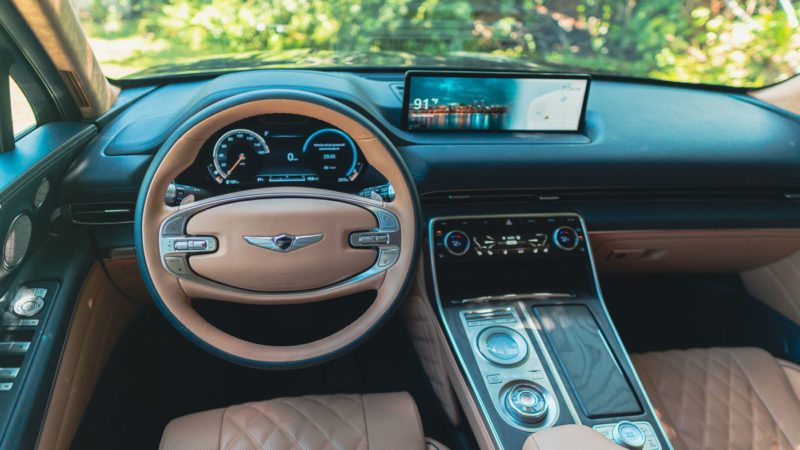
One of the most surprising aspects I noticed during my time with the GV80 is that its seats offer up adjustable side bolstering. As a result, you’ll be able to get comfortable, even if you’re battling with a few extra pounds. Combine them with the GV80’s refined ride quality, and you’ve got a product that feels luxurious inside and out.
To block out the rest of the world and deliver a whisper-quiet driving experience, the GV80 utilizes a system called road-noise active noise control. If you’ve ever used noise-canceling headphones, then you’re already familiar with this technology. Essentially, a small microphone picks up noise from outside the cabin and plays it back to eliminate unwanted noise. Aside from being the first vehicle to feature it, the GV80 nails its execution.

In front of the driver, you’ll also find a three-dimensional digital instrument cluster. Don’t worry; you can turn it off. Something I did almost immediately as it looks somewhat distorted unless you’re staring directly at it.
However, turn on your turn signal, and your instrument cluster gives you a clear view of your blind spot via a camera mounted in the side-view mirrors. While it may seem like a bit of a gimmick, the system works, and I missed it the second I got into my next tester.
Even at $73,510, the 2021 Genesis GV80 offers up excellent value.
While I realize it’s tough to call a 2021 Genesis GV80 costing over $70,000 great value, you’ll have to hear me out. Unlike some of its German rivals with lengthy options lists, the GV80’s extras are divided into two optional packages. When building a GV80, the first thing you need to pick is your engine and traction system. For me, I’d go with the larger 3.5-liter engine and rear-wheel drive.
From there, you can pick from the Advanced or Prestige packages. The former comes in at $5,200 and gets you leather seats, remote parking assist, and premium audio. However, to get the most out of the GV80, you’ll need the Prestige, which comes in at $11,800.
While this pack isn’t cheap, it offers up every optional extras you’d ever need. Gone are the standard 20-inch wheels and standard leather seats. Instead, you get Nappa leather, 22-inch wheels, and that aforementioned 12.3-inch digital instrument cluster. In top form, the GV80 undercuts similarly-optioned rivals by six figures. Despite this, the GV80 brings enough to the table to compete with the best options out there. As a result, it doesn’t surprise me that it’s already the brand’s best-selling model.



